Mr. Tran Dinh Khanh of Phan Hien Cooperative, Vinh Son Commune, Vinh Linh District said that his family raised 150,000 white-leg shrimp on an area of 0.3 hectares. The shrimp have been raised for more than 2 months, and the size is about 80 - 90 shrimp/kg. Although the pond was reinforced, heavy rain combined with the rapid rise of the river caused the bank to overflow, completely flooding his shrimp pond. The estimated damage is about 30 - 40 million VND.
Caring for and restoring the health of farmed shrimp after floods in Vinh Son commune, Vinh Linh district - Photo: LA
According to Mr. Tuan, to restock the new batch, shrimp farmers need to drain all the water in the pond, disinfect it with chemicals, lime powder, dry the pond, repair the pond and then add water again. In addition, they also need to repair machinery such as water fans, pumps... damaged by flooding. "According to the fastest estimate, it will take about 15 - 20 days to be able to restock the shrimp," said Mr. Khanh.
As for Mr. Tran Van Dung, one of the high-tech shrimp farmers in Phan Hien Cooperative, thanks to the flood-proof dike, his pond was not affected. However, heavy rain over a long period of time caused the salinity in his pond to drop rapidly from 15 parts per thousand to about 7 parts per thousand, causing the shrimp to be shocked and eat less. Mr. Dung said that after the rain stopped, in the past few days he has continuously added probiotics, minerals, agricultural lime... to adjust environmental factors. Currently, the shrimp are growing stably again.
Vinh Son Commune, Vinh Linh District is one of the most severely damaged localities with more than 171 hectares of shrimp farming affected, of which about 70 hectares were flooded, completely washing away shrimp raised in the lake.
Chairman of Vinh Son Commune People's Committee Than Trong Dung said that the commune has directed cooperatives and shrimp farming groups to provide specific instructions for shrimp farmers to overcome the consequences and promptly restore production. Accordingly, for areas that have been completely washed away, it is necessary to focus on properly implementing treatment procedures such as draining water, drying, liming, collecting water, disinfecting... before restocking a new batch. Note that people should stock at low density to shorten the harvest time. For areas that can be remediated, it is possible to add larger-sized breeds or intercrop with suitable farming objects.
Meanwhile, in Vinh Lam commune, Mr. Tran Huu Van, Director of Quang Xa Cooperative, is currently busy supporting shrimp farming households in environmental treatment and shrimp care. Mr. Van said that the Cooperative has a total area of nearly 23 hectares with 42 farming households, of which 7 hectares are high-tech shrimp farming, farming in 2 and 3 stages. The recent flood has completely washed away 6.5 hectares of shrimp farming of the Cooperative, with an estimated loss of about 200 million VND/ha.
The remaining areas are also seriously affected by sudden changes in environmental factors in the pond, especially salinity, which causes the shrimp to go into shock, stop eating, and float...
According to Mr. Van's experience, for the remaining areas, it is possible to harvest shrimp that have reached commercial size; use agricultural lime, trace minerals, and probiotics to stabilize pH and alkalinity in the pond. In particular, for high-tech ponds, it is necessary to add salt at a dose of 1 quintal of salt/1,000 m3 continuously for a week to increase the salinity of the pond.
Deputy Director of the Department of Agriculture and Environment Nguyen Huu Vinh said that due to the impact of storm No. 1, there was heavy rain in the province, causing the water level of rivers to rise, flooding over 600 hectares of aquaculture areas. To minimize damage, the department has directed specialized agencies to send technical staff directly to localities to guide aquaculture farmers on solutions to restore production.
Specifically, for shrimp ponds that are completely flooded due to flood water, it is necessary to drain the water and collect all remaining shrimp in the pond. Urgently disinfect and renovate the pond, expose it to the sun for at least 5-7 days and check the salinity before taking water into the pond. Release healthy, high-quality, quarantined white-leg shrimp at low density or switch to co-culture of white-leg shrimp - crab at low density and large crab size, ensuring harvest before the rainy season.
For shrimp ponds that are partially flooded or flooded due to overflowing rainwater, if the shrimp have not reached commercial size, it is necessary to repair the ponds and lakes that have collapsed after floods; drain some of the surface water to reduce the amount of rainwater in the pond. Dissolve salt at a dose of 10 kg/100 m2 into the pond to increase the salinity in the pond; at the same time, run the water fan and aerator to limit water stratification for intensive and semi-intensive ponds.
Add vitamin C, biological products, and trace minerals to feed to increase the resistance of farmed aquatic animals. For freshwater fish farming, it is necessary to urgently disinfect, sterilize, and renovate the pond to promptly release the breed. It is recommended that people release fish breeds with short rearing times such as hybrid catfish, square-head perch, etc. with large sizes to shorten the rearing time and harvest early before the rainy and stormy season.
“Up to now, in localities, people have begun to renovate and repair damaged ponds, clean the pond environment to invest in new crop production. Together with specialized agencies in localities, the agricultural sector has also established technical teams to go directly to the grassroots to guide people on technical measures to quickly restore aquaculture production after floods,” Mr. Vinh added.
Le An
Source: https://baoquangtri.vn/khoi-phuc-san-xuat-thuy-san-sau-mua-lu-194477.htm


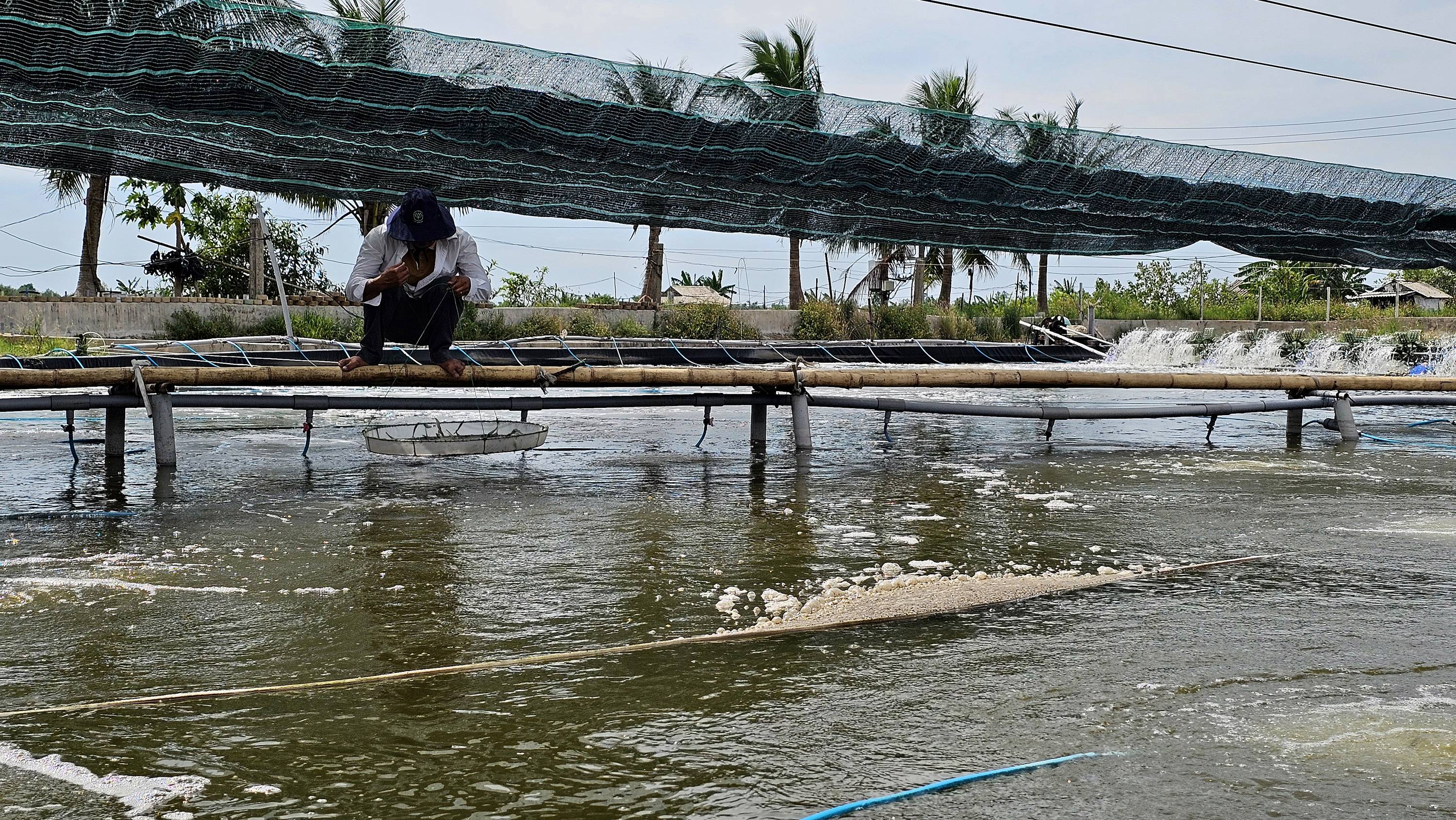









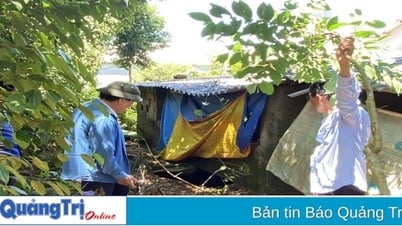






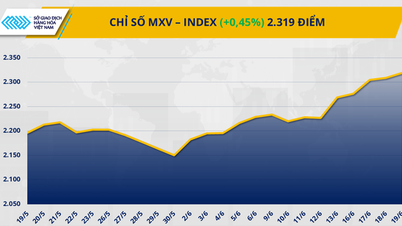





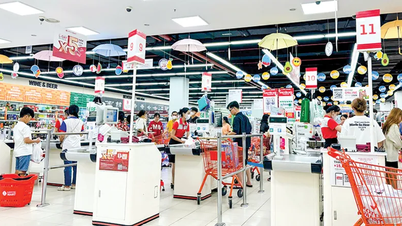

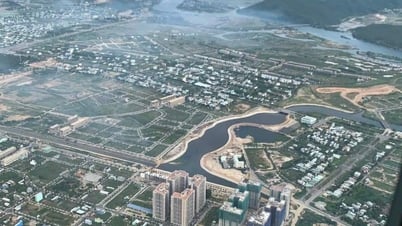








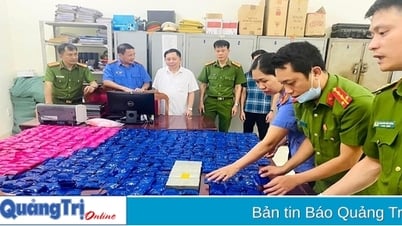
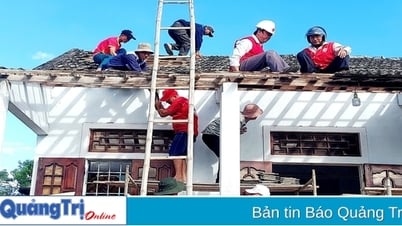


























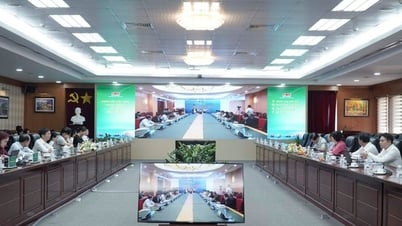
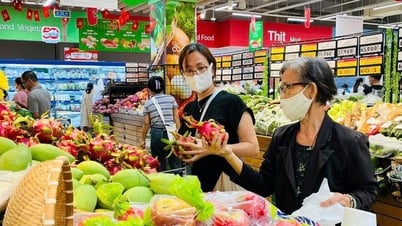
















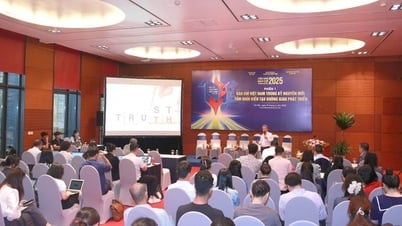






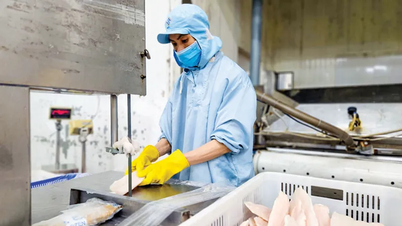
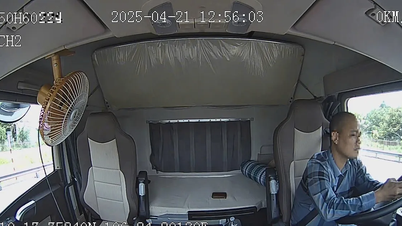

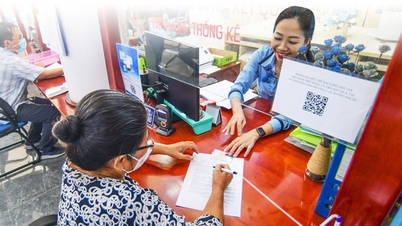
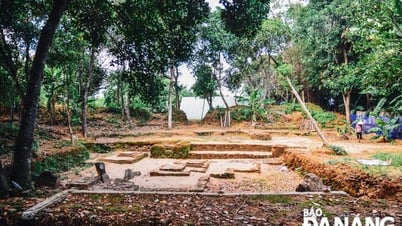
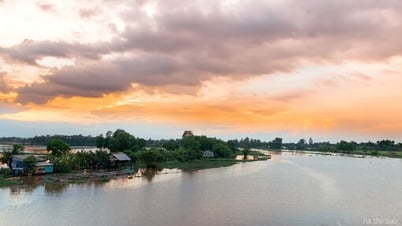

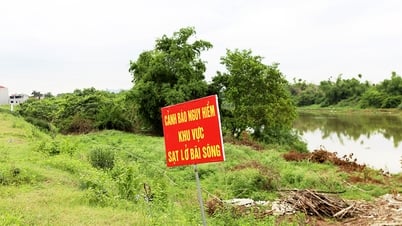













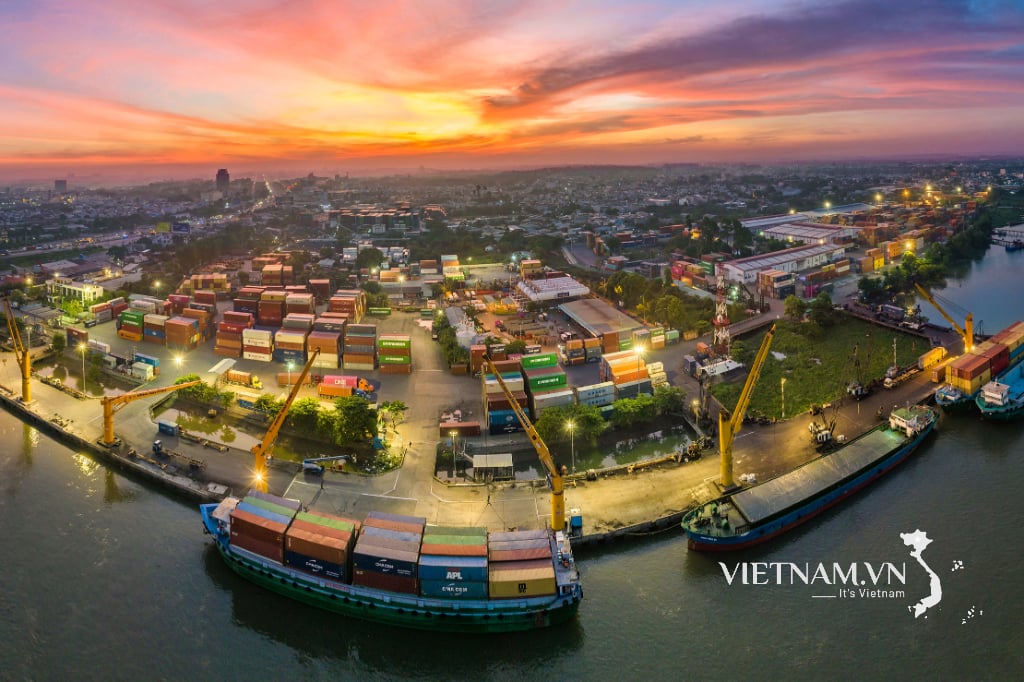


Comment (0)